We've been enjoying autumn's leaf pageant for weeks — trees, shrubs and even perennials have been putting on a colorful show. But now that the leaf fall is almost complete, it's time to create a strategy for dealing with leaves that will keep your landscape healthy.
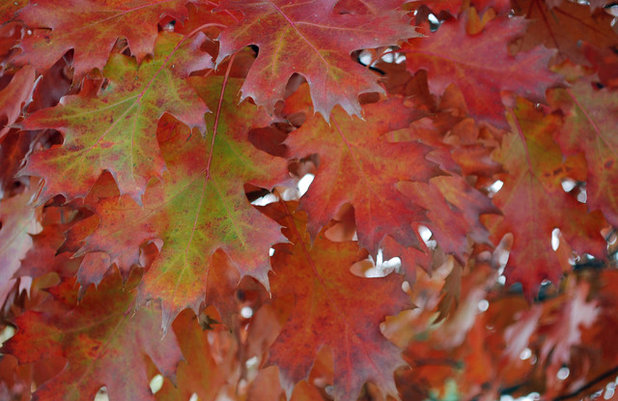
Jocelyn H. Chilvers
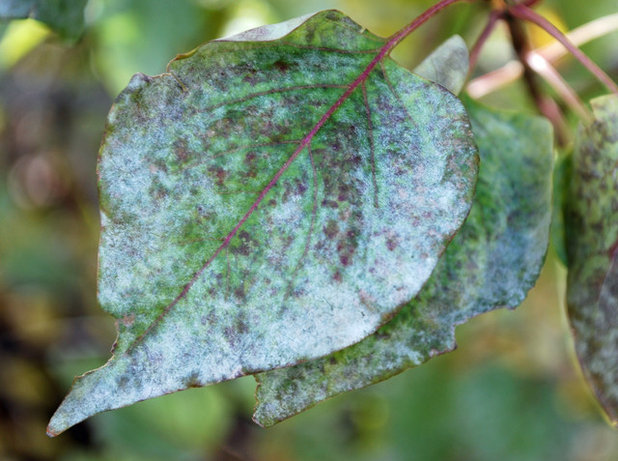
Jocelyn H. Chilvers
1. Discard all diseased foliage. This photo shows powdery mildew, a common fungal infection, on lilac leaves. It's important to prevent the spread of diseases throughout your landscape and gardens — don't add these leaves to your compost or use them for mulch. Place infected leaves in plastic bags instead and send them out with the garbage.
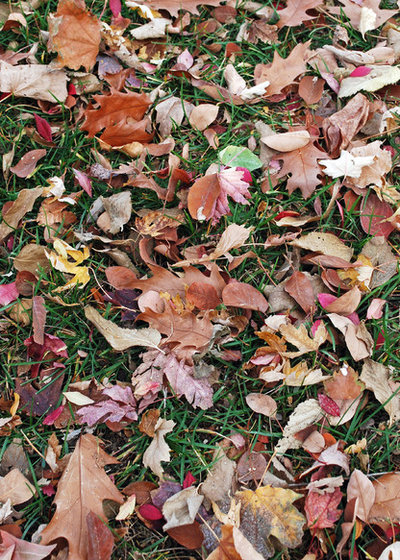
Jocelyn H. Chilvers
2. Get leaves off the lawn. Even a light layer of leaves will compact under winter snows, depriving lawn grasses of light and air and encouraging the growth of snow mold and other turf diseases. You can use them now for mulch, add them to your compost or stockpile them for future use.
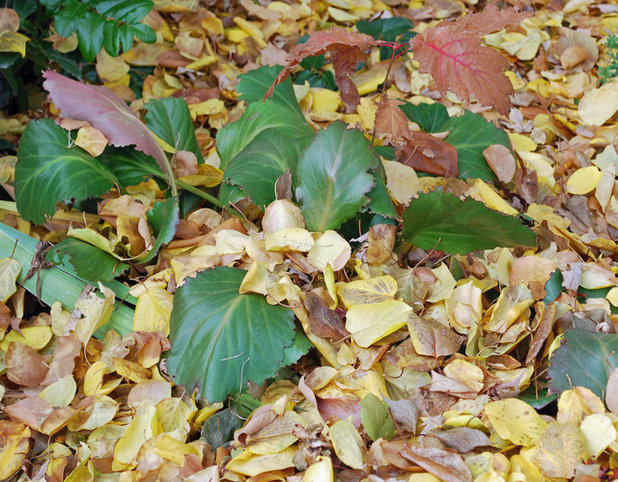
Jocelyn H. Chilvers
3. Use whole leaves as a temporary mulch. Apply them now, 4 to 6 inches deep, around newly installed plants to maintain soil warmth and permit better root growth. Spread leaves across bare soil areas to prevent erosion or apply them to established gardens after the ground has frozen to prevent frost heave and premature soil warming in early spring.
Note: Keep leaf mulch 6 inches away from the bases of trees and shrubs to prevent damage from rodents.
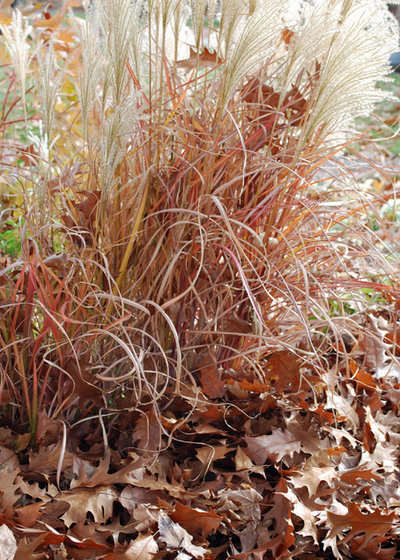
Jocelyn H. Chilvers
Oak leaves are especially useful for this application, since they contain lignin (a complex organic compound that binds wood fibers together), which makes them slow to decompose. Unfortunately, this characteristic also makes them difficult to compost unless they're shredded first.
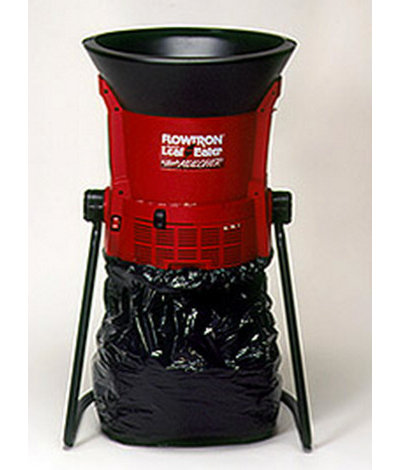
Flowtron
LE-900 Leaf-Eater Mulcher/Shredder - $199.95
4. Shred leaves for use in compost or mulch. Run over leaves several times with your lawnmower or use a commercial chipper-shredder made specifically for this task. Shredded leaves break down faster and are easier to incorporate with other materials in the composting process. Studies show that this is the best way to deal with leaves from several plants, such as
black walnut, oleander, eucalyptus and
poison sumac — shredding and then composting leaves for four to six weeks breaks down the toxins.
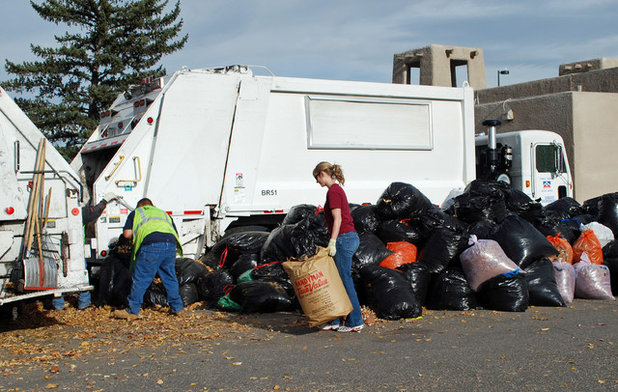
Jocelyn H. Chilvers
5. Participate in a local "leaf drop." Many municipalities offer a short-term service of delivering your leaves to a specific site at no charge. The site will compost the leaves for municipal use or sale to residents. This may be your best bet to keep your fall cleanup ecofriendly if the amount of leaves on your property overwhelms your ability to use them in your own landscape.
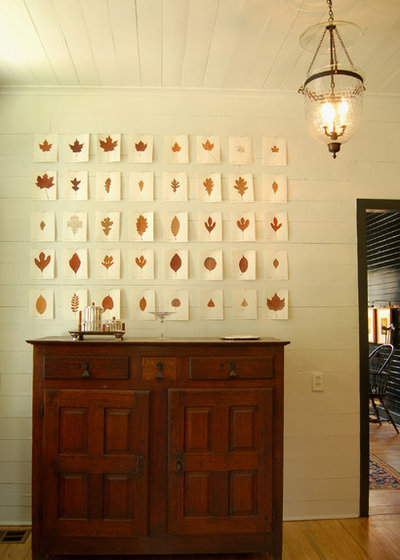 6. Savor leaves in the home.
6. Savor leaves in the home. Last but not least, you can keep autumn's beauty alive by incorporating some long-lasting foliage — like this leaf collection — into your
home decor
.





